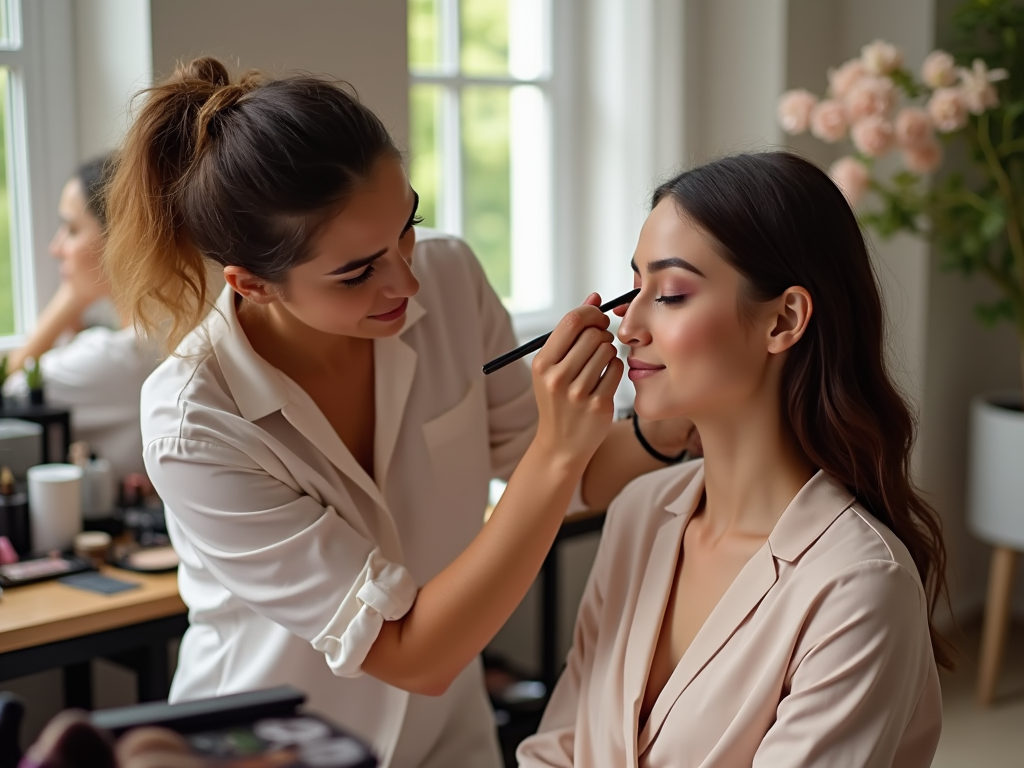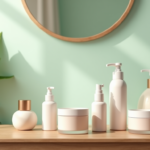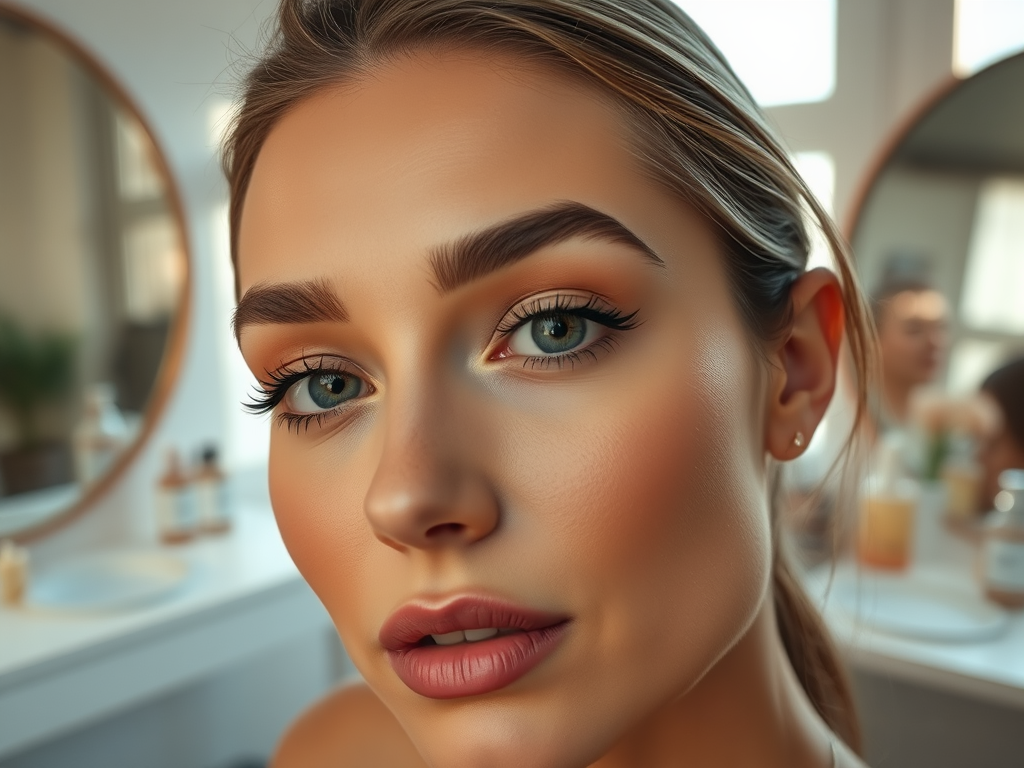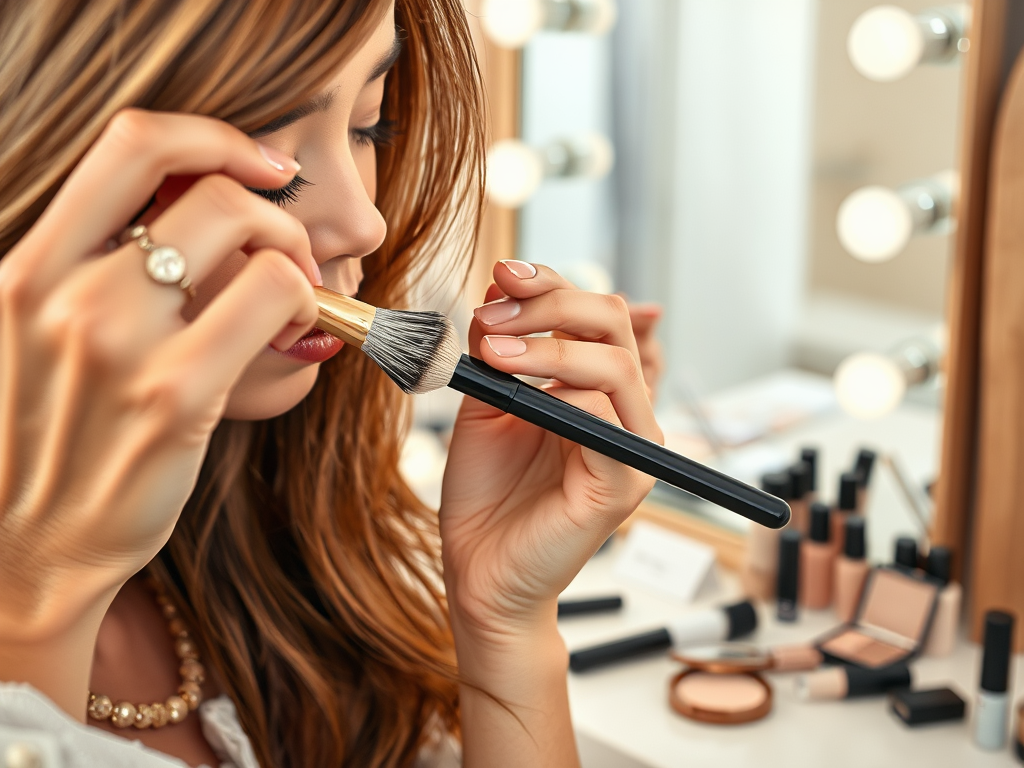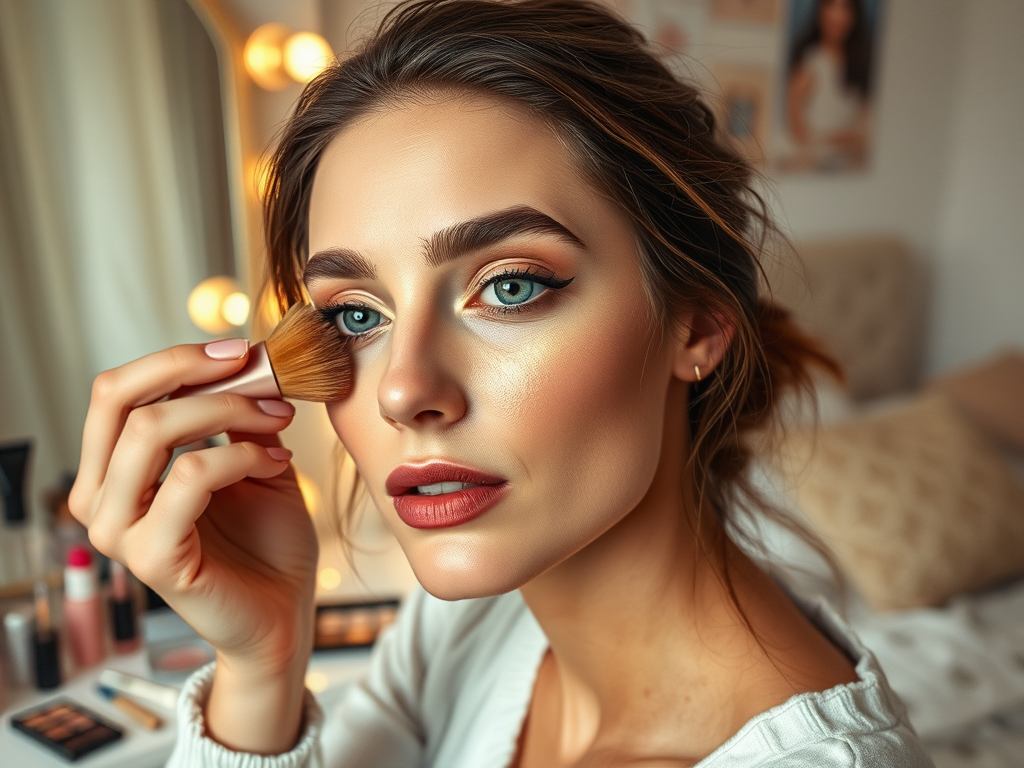Achieving a stunning matte eyeshadow look is a skill that can transform not just your appearance but also your confidence. The allure of matte finishes lies in their subtle sheen that complements any makeup style, from casual to glamorous. With the right techniques and products, you can master the art of applying matte eyeshadow that lasts throughout the day. This guide provides a step-by-step approach that is easy to follow, making it ideal for everyone from beginners to seasoned beauty enthusiasts. Whether you’re prepping for a day at the office or a night out, these techniques will set you on the path to success. Let’s dive into the world of matte eyeshadow and explore how to achieve your desired look effortlessly.
Step 1: Gather Your Essentials
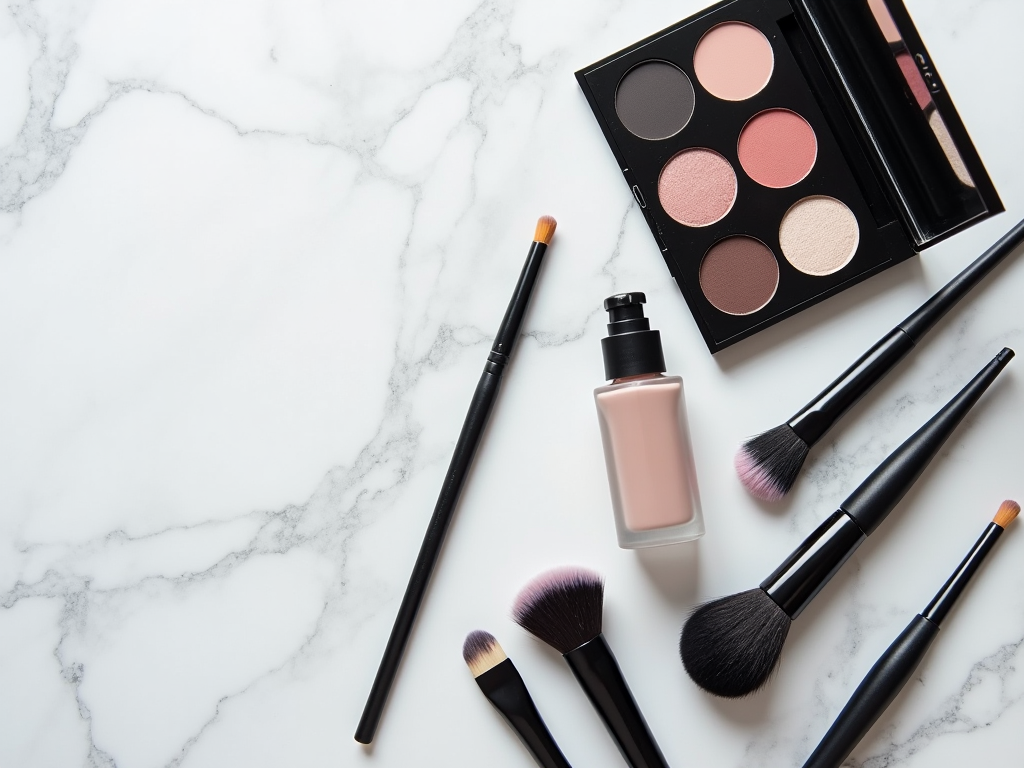
Before diving into the application process, it’s essential to assemble all your tools and products for the perfect matte eyeshadow look. Ensuring you have everything at your fingertips will help streamline the process, making it enjoyable rather than stressful. A well-thought-out selection of products will not only contribute to a stunning result but also enhance your overall efficiency while applying makeup.
Below is a list of must-have products for nailing your matte eyeshadow look:
- Matte eyeshadow palette in your preferred colors
- Eyeshadow primer
- High-quality blending brushes (both fluffy and precise)
- A flat brush for packing color
- Makeup wipes for easy clean-up
Step 2: Prep Your Eyelids
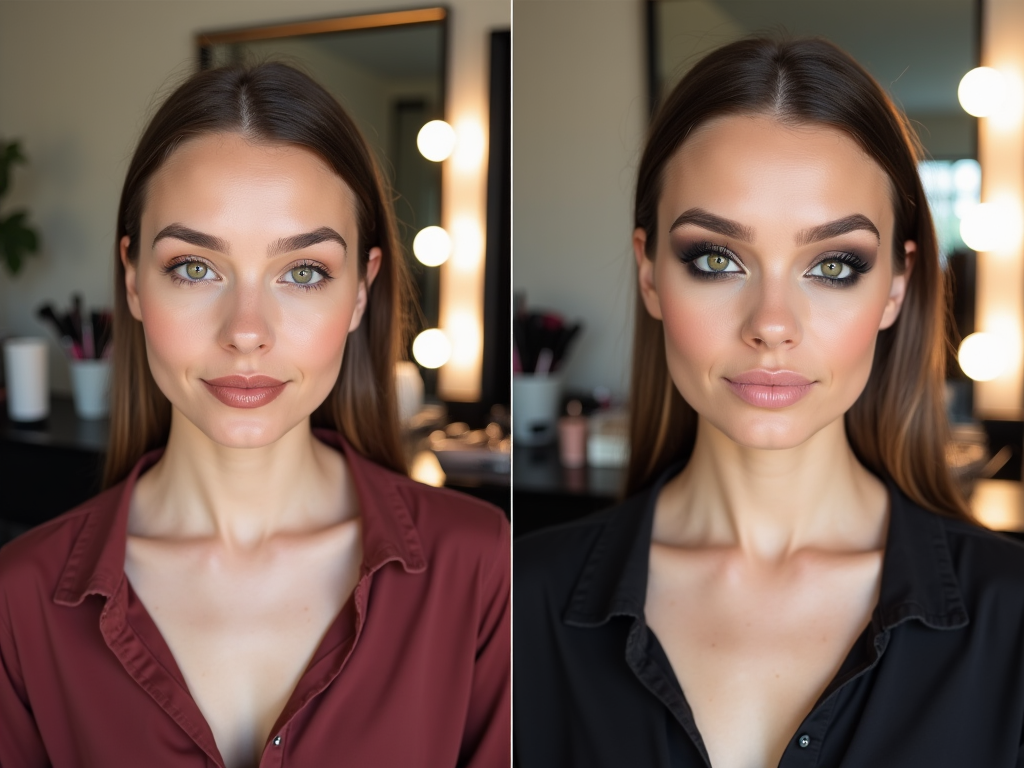
Preparing your eyelids is a vital step that sets the foundation for your matte eyeshadow. A well-prepped eyelid can significantly prolong the wear of your eyeshadow and enhance its color payoff. Begin by applying an eyeshadow primer. This essential step not only smooths the surface of your eyelids but also creates an ideal canvas for the application of shadows. Make sure to spread a thin layer evenly across your eyelids using your fingertip or a small brush. This will help ensure that the eyeshadow adheres properly and prevents creasing throughout the day.
Step 3: Choose Your Color Scheme
The world of matte eyeshadow is incredibly diverse, offering a vast array of colors and themes that you can use to express yourself. Choosing the right color scheme is vital to achieving a stunning look. One effective method is to decide whether you want to go for a bold statement or a subtle enhancement. You might opt for contrasting shades to add depth or stick to a harmonious palette for a more subdued effect. Don’t forget to take into account your outfit and the occasion!
Here are a few tips on color pairing:
- Using light shades on the lid paired with darker colors in the crease adds dimension.
- Explore monochromatic schemes for a chic, put-together look.
- Bright, bold colors can create a fun and youthful appearance.
Step 4: Create Depth with Transition Shades
Implementing transition shades is essential for creating a seamless blend between your colors. Transition shades help create a gradient effect that softens harsh lines and unifies the look. Start with a light shade that complements your chosen palette and apply it in your crease using a fluffy blending brush. This step will help the upper colors blend smoothly into the transition shade without looking harsh or out-of-place. Transitioning shades should not overpower your look, making them indispensable for sophisticated matte finishes.
Step 5: Apply the Main Shade
After establishing a solid transitional base, it’s time to apply your main shade, the star of your matte eyeshadow look. Use a flat brush to pack the color onto your eyelid, focusing on the area you want to stand out. Remember to gently pat rather than swipe the brush for maximum pigment payoff. Once you’ve packed on the main color, take your fluffy blending brush again to soften the edges. Don’t rush this step, as perfect blending requires patience and attention to detail.
| Product Type | Purpose | Best Usage |
|---|---|---|
| Eyeshadow Primer | Creates a smooth base | Apply before eyeshadow for better adherence |
| Blending Brush | Blends shadows seamlessly | Use for applying transition shades |
| Flat Brush | Packing eyeshadow | Use for main lid color |
Step 6: Finishing Touches
The finishing touches can elevate your matte eyeshadow look from gorgeous to truly flawless. Consider applying a darker matte shade on the outer corners to provide additional definition and dimension. This technique opens up your eyes, making them appear larger and more awake. Also, don’t underestimate the significance of using a light matte shade on your brow bone; it creates a clean finish and wakes up the entire eye area. Lastly, a soft matte shade applied along the lower lash line can tie the whole look together beautifully. By refining these last details, you complete a sophisticated and polished look that is bound to turn heads.
Conclusion
Nailing a matte eyeshadow look involves a combination of preparation, color selection, and blending techniques. By following the six easy steps outlined above, you’re well on your way to achieving a stunning and polished finish that lasts all day. Remember that practice is crucial; the more you work with matte eyeshadows, the more comfortable you’ll become with application techniques. Take your time, experiment with different color pairings, and don’t be afraid to express your creativity. In no time, you will be a pro at creating everything from natural to bold matte eye looks!
Frequently Asked Questions
- What tools do I need for a matte eyeshadow look? You will need a matte eyeshadow palette, eyeshadow primer, blending brushes, and a flat brush.
- How can I make my matte eyeshadow last longer? Always apply an eyeshadow primer before your matte shades to provide a lasting base.
- Can I mix matte and shimmery eyeshadows? Yes, combining matte and shimmery textures can create a stunning contrast, but remember to keep the balance in your look.
- What are the best colors for a daytime matte look? Neutral tones like soft browns, peaches, and taupes work well for daytime, while deeper shades add drama for nighttime.
- Is it necessary to use a transition shade? It’s highly recommended as it helps in blending colors seamlessly, creating a gradient effect.
